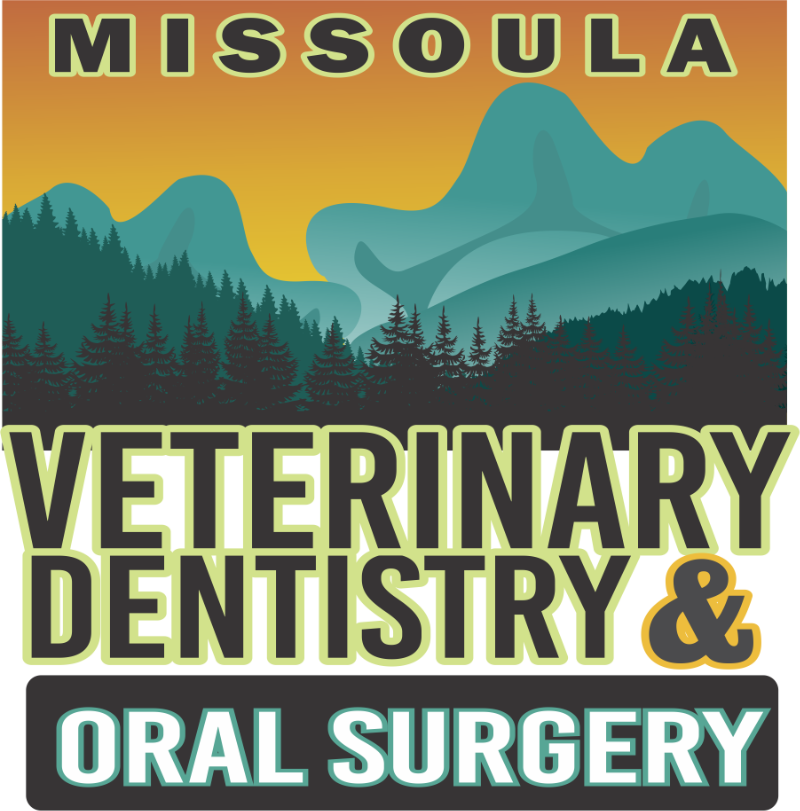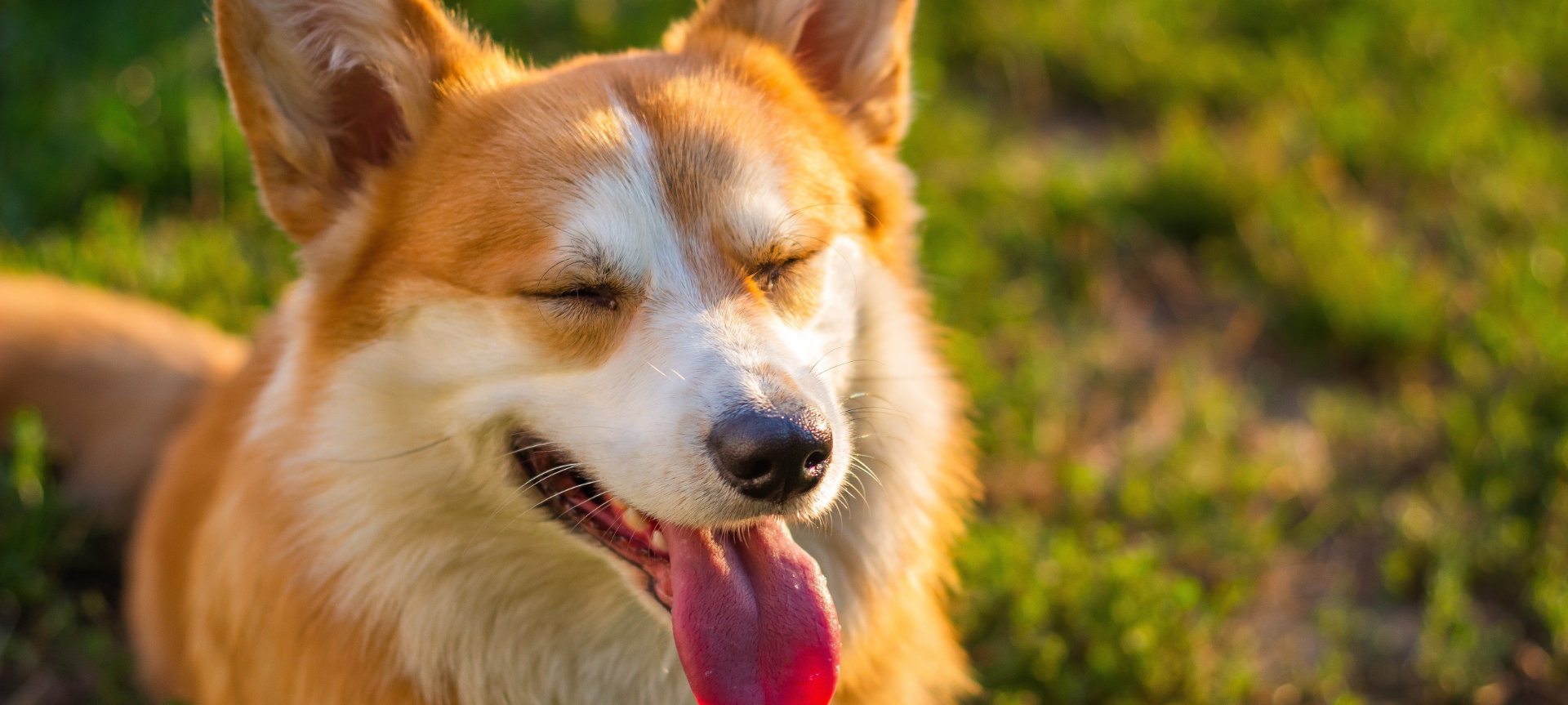
22 Nov Most common dental injuries in dogs
Our canine pals fill our lives with wagging tails, boundless energy, and endless affection. To return the love and care they give us, it’s our responsibility to ensure their well-being, and a significant part of that is understanding their dental health. Today, we’ll delve into a topic every pet parent should grasp: the most common dental injuries in dogs.
The Significance of Canine Dental Health
Our dogs rely on their teeth for various activities, from eating to playing. Their dental well-being directly affects their overall health and comfort. Dental injuries, though often underestimated, can have a profound impact on our four-legged friends. Being aware of these common dental issues is the first step in safeguarding your dog’s health.
1. Fractured Teeth
What Is It? A fractured tooth is a break or chip in the tooth’s structure, which can range from minor cracks to more severe fractures.
Why It Matters? Fractured teeth can be incredibly painful for dogs and can lead to infections if left untreated. In severe cases, they may even require extraction.
How to Spot It? Signs of a fractured tooth include changes in eating habits, excessive drooling, pawing at the face, and reluctance to chew on one side of the mouth.
2. Gum Injuries
What Is It? Gum injuries in dogs can occur due to trauma, chewing on hard objects, or even sharp-edged toys.
Why It Matters? Gum injuries, if left unattended, can lead to painful infections and inflammation in the gums.
How to Spot It? Signs include redness, swelling, and bleeding of the gums, and your dog may show discomfort when eating.
3. Traumatic Misalignment and Wear
What Is It? Dogs can injure, wear down or misalign their teeth through maxillofacial trauma or chewing on abrasive objects.
Why It Matters? Concussive and repetitive trauma from misaligned teeth can cause pain and affect your dog’s ability to eat, play, or rest properly.
How to Spot It? Keep an eye out for changes to the shape and color of teeth after blunt force trauma or slip and fall accidents involving the head or face.
4. Tooth Discoloration
What Is It? Discoloration of teeth in dogs can be caused by various factors, including dental trauma, disease, or even genetics. When it comes to dental trauma, a bruise inside the tooth leads to a painful condition called pulpitis.
Why It Matters? Tooth discoloration is overwhelmingly indicative of underlying dental problems that need attention. Sudden changes in tooth color mean that your pet is in pain.
How to Spot It? Look for changes in the color of your dog’s teeth, which may appear brown, purple or gray, instead of the usual white.
The Role of Veterinary Dental Experts
While being informed about common dental injuries in dogs is crucial, the expertise of a board-certified veterinary dentist™ is indispensable when it comes to your pet’s oral health.
Here’s why consulting a specialist is essential:
- Accurate Diagnosis: A veterinary dentist can conduct a comprehensive oral examination, including cone beam CT and dental X-rays, to accurately diagnose dental injuries and their extent.
- Customized Treatment: The right approach to treating dental injuries depends on their severity. A specialist can recommend a tailored treatment plan, which may involve fracture stabilization for displaced teeth, endodontic treatments, and extractions, as well as pain management.
- Prevention of Complications: Prompt treatment by a specialist can prevent complications like infections, abscesses, or further dental problems, which can adversely impact your dog’s health and quality of life.
Veterinary Dentists in Missoula, Montana
In conclusion, understanding the most common dental injuries in dogs is essential for responsible pet owners. Your awareness of these issues and the importance of seeking the expertise of a board-certified veterinary dentist™ can make all the difference in ensuring your four-legged family members enjoy a happy and pain-free life.
If you suspect your dog may have a dental injury or are concerned about their oral health, please don’t hesitate to contact us. We’re here to provide the expertise and care your dogs deserve, helping them lead a healthier life.
Photo by Alexander Kovalev from Pexels



